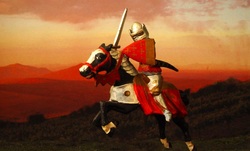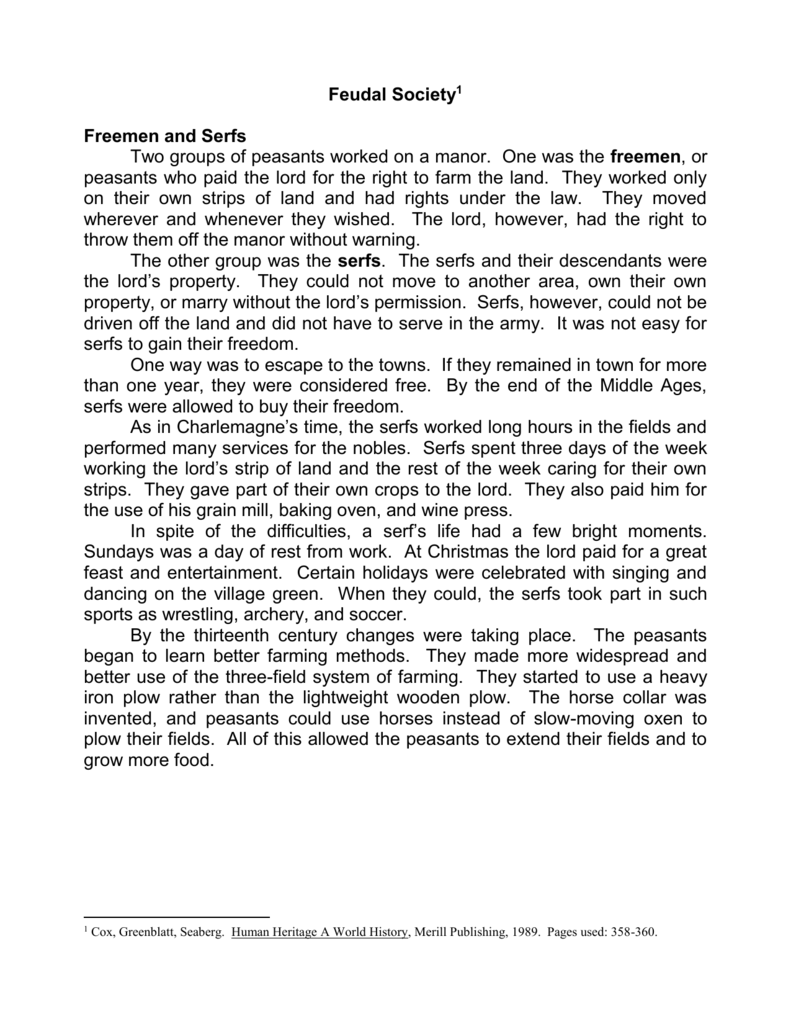

The Romans used turnips, according to Pliny

Other types of fodder include turnips - our neighbors fed turnips to their turkeys - and other vegetable matter. Today's hay often consists of alfalfa, clover, and timothy grass it also requires careful drying if it is not to become moldy. Thus one must bring cattle in, and feed them fodder. Most cattle are not able to fare so well, as they tend to push the snow aside with their noses once ice forms they are often not able to feed themselves or drink. How Bronze-Age Riders from the Eurasian Steppes Shaped the Modern World. This is discussed in The Horse, the Wheel, and Language: Unless the weather is very severe horses do not require winter fodder if they can forage. Horses are able to forage during winter by using their hoofs to paw through ice and snow, and to break ice to get water. One only needs hay for horses that lack sufficient winter pasture for forage.Ĭattle were domesticated by 6,000 BC, and horses by 4,000 BC. I think Freeman Dyson may have a point, but his facts seem to lack foundation. So much for the claim that "in the classical world of Greece and Rome and in all earlier times, there was no hay". Properly gather it, we must first put in readiness the implements with Haymaking comes attention to the grain harvest and that we may To heat and cool for a few days in a loose pile. For this reason wise husbandmen, even in the case of hayīrought under cover, do not store it away until they have allowed it So that any moisture remaining in the hay may sweat and dry out in the There is no rain, it is still not amiss to build the aforesaid cocks, This method hay is very conveniently protected from rains and even if Of it that had been dried out to the proper extent be built up intoĬocks and that these be topped off with very sharp peaks. And above all we shall lose no time in putting it underĬover or, if it is not convenient for the hay to be carried to theįarmstead or tied into bundles, it will be well at any rate that all On both sides, we shall bring it together in windrows and then bind it Useless to move it while wet, but better to let the upper side of itĢ Only then shall we turn it, and, when it is dry Our hay a rain surprises us and if the hay is soaked through it is Too much of it, it rots in the loft and often, when it becomes heated, If it has lost all its sap, and in the other because, if it has kept While still green - in the one case because it is no better than straw That it be gathered neither when very dry nor, on the other hand, But a middle course should be followed in the curing, "It is best, moreover, that hay be cut before it begins to wither, asĪ greater quantity of it is harvested and it affords a more agreeableįood for cattle.

The Roman writer on agriculture Columella, who died around AD 70, gives a detailed description of the manufacture of hay (Latin: faenum) in his de re rustica 2.18, which reads as follows in the Loeb translation:


 0 kommentar(er)
0 kommentar(er)
